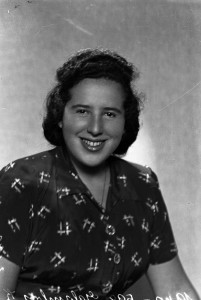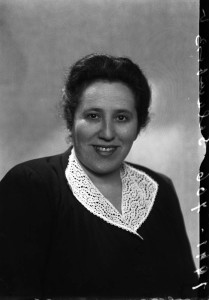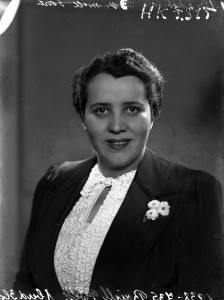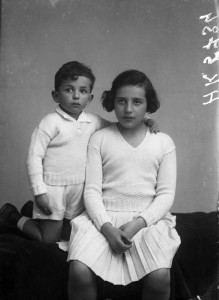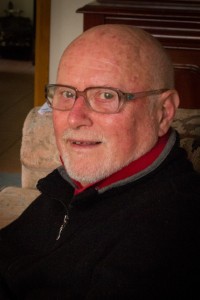This campaign should never have been necessary but the response has been truly inspiring. The letters and personal accounts published in the Save RNZ Concert group together make a powerful case. There are many fascinating angles to the debacle. Most shocking to me is the apparent ignorance of those behind the now abandoned proposals. Abandoned for now, but in the hands of such people, there is not yet any assurance that the programme won’t be gradually starved of resources. So we continue to write our letters and protest.
Here is my email to Grant Robertson, Associate Minister for Arts Culture and Heritage:
Kia ora Grant
It’s nearly nine months since we launched ‘Shirley Smith: An Examined Life’ and you spoke so well about freedoms, rights, the arts and other causes Shirley fought for. These are all relevant in the current furore sparked by proposed changes to RNZ Concert. Had Shirley been alive, she would have written strong letters of protest, drawing on classical and other historical references to illustrate how the arts have always played a key role in the social, cultural and economic life and the wellbeing of great civilisations.
I think you are probably doing your best to honour your promise in the Labour Party’s 2017 Manifesto, and that you personally understand the inestimable value of classical music and RNZ Concert. But I have been shocked and astonished to learn that this taonga, the heart of our cultural life, is in the hands of people who have no such understanding.
For what it’s worth, here’s my story:
As well as being a devoted RNZ’s Concert FM listener, I am a long-standing member of the Orpheus Choir of Wellington. I was in my 20s when I first heard Orpheus. I thought I’d love to join that choir but they all looked so old. When I did join in the early 1980s, our director Peter Godfrey aimed to have more than one-third of the choir aged under 30. It took a while but today the choir is a vibrant mix of all ages and ethnicities – and yes, some of us are now older. Age not an issue these days.
It is a hugely rewarding part of our lives, singing together, learning great works, performing in concerts with the NZSO, Orchestra Wellington and other professional musicians, led by brilliant conductors. The greatest thrill is the performance itself, when the audiences becomes part of the whole experience and we are all enriched. RNZ Concert plays an essential role, both in promoting our concerts and in recording them so that music-lovers who cannot attend concerts can hear them.
Much has been written about the connections between music, happiness and wellbeing, and how music participation is linked to achievement in other fields. We also know the powerful role music plays in our wider community, bringing people together. This community role was most apparent last year after the Christchurch massacre. There were many musical tributes around the country. I took part in one, a performance of Karl Jenkins’ ‘The Armed Man: a Mass for Peace’. Thanks largely to RNZ’s Concert FM publicising the event, we sang to a full house at St Paul’s Cathedral, Wellington, and together expressed our grief and solidarity with the Muslim community.
And we will sing together on the steps of Parliament on 24 February to celebrate RNZ Concert’s birthday! That should be a happy occasion but also a serious public protest against any diminishing the programme that lies so close to our hearts.
Please do all in your power to ensure RNZ Concert receives the resources it needs to continue to deliver as it should, not only on FM band but with a full staff of presenters, librarians, recording engineers, and that they receive all the support they need. The first step is surely appointing a guardian of RNZ Concert to the RNZ Board, someone who understands what is at stake.
Kind regards
Sarah Gaitanos
